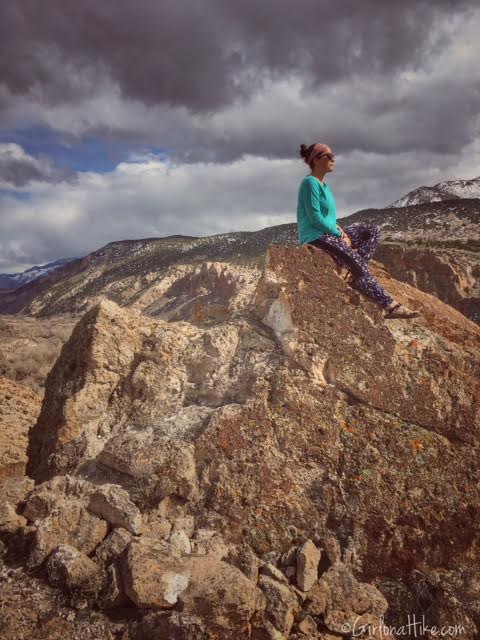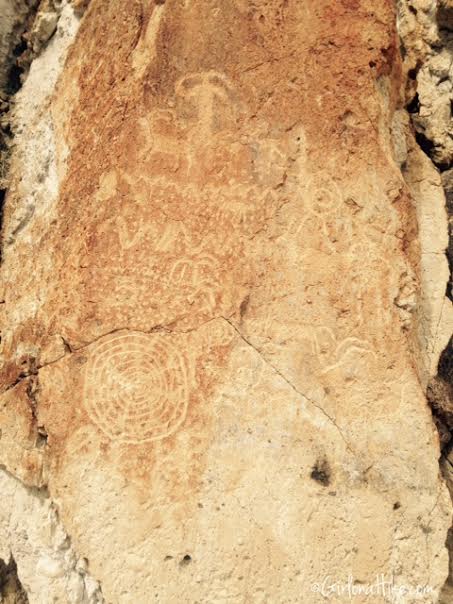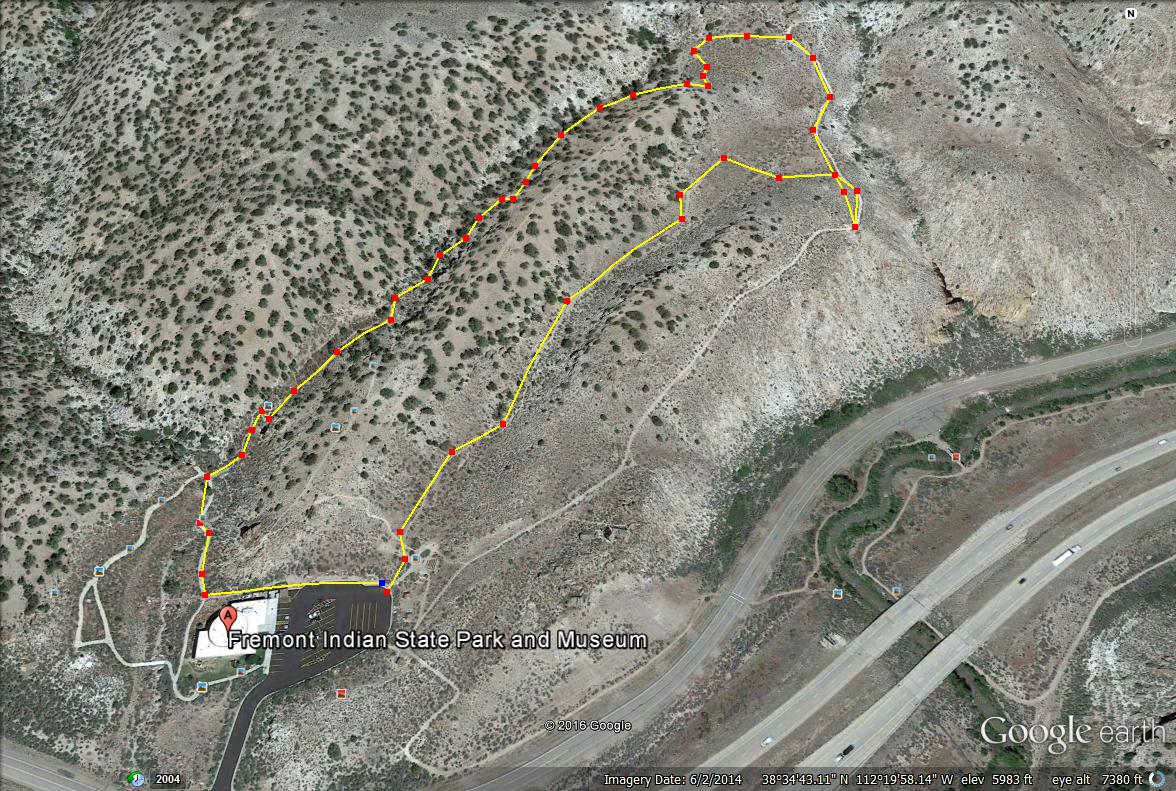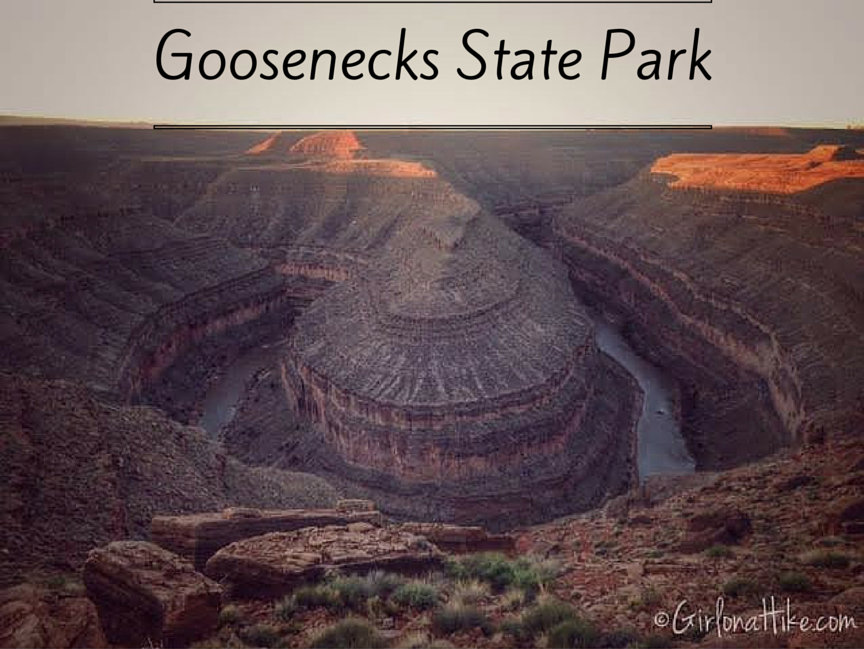

Exploring Fremont Indian State Park After Mystic Hot Springs
After a relaxing soak at Mystic Hot Springs, we continued west on I-70 for about 20 minutes until we arrived at Fremont Indian State Park. This underrated gem is packed with fascinating history, scenic trails, and cultural insights into one of Utah’s oldest Indigenous communities.
Discovering the History of the Fremont People
Thousands of years ago, this region was home to the largest population of Fremont Indians. Today, visitors can see many well-preserved petroglyphs—rock carvings etched with ancient symbols. These markings offer a glimpse into the daily lives and beliefs of the Fremont people.
The park features a small network of hiking trails that guide you past several petroglyph panels. It’s an easy and rewarding way to explore the area’s natural beauty and rich cultural heritage.
Fremont Indian State Park Museum & Activities
The Fremont Indian State Park Museum is a must-visit. Inside, you’ll find:
Fremont artifacts
A short educational film
Interactive exhibits for kids
Guided and self-guided petroglyph tours
It’s a great place to deepen your understanding of the Fremont culture and see real tools, pottery, and objects that were once part of everyday life.
Camping and Outdoor Recreation
If you’re planning to stay longer, the park offers:
RV and tent campsites
Tipi rentals for a unique overnight experience
Direct access to the Paiute ATV Trail, one of Utah’s most popular OHV routes
This makes Fremont Indian State Park a great basecamp for both history lovers and outdoor adventurers.
Clear Creek Canyon and the Paiute Trail
The Paiute ATV Trail through Clear Creek Canyon has a long history. Around 1826, Jedediah Smith, a legendary explorer, passed through this area. By 1872, the trail had been widened into a wagon road, and travelers were charged a 25-cent toll per wagon—a fee that remained in place for the next 25 years.
Many homesteaders settled in the canyon, but the construction of I-70 in the 1980s led to the departure of most residents, changing the landscape forever.
Directions
From SLC head south on I-15 for about 184 miles, and take exit 132 for I-70 East. Take exit 17 for the park.
Trail Info
Distance & Elevation gain: varies by trail
Dog friendly? Yes, on leash
Kid friendly? Yes
Day Use Fees: $3 person or $6/car
Camping Fees: Tent $15/night, Tipi $30/night. To make a reservation for a Tipi call 435.527.4631

View of the parking lot and picnic area.
Coyote Canyon Trail

We decided to take the Coyote Canyon Trail, which begins in the NE corner of the main parking lot by the picnic tables.

The trail follows a shallow, wide canyon, with no shade.

About 15 minutes into our walk we came upon the Court of the Ceremonies. According to the Paiute’s, this was used for initiations in the Fremont tribe. Here, my friend Scott, contemplates life…

Along the trail are a few rocky overlooks. The Indians used these to perch above the canyon so they could look upon their village and protect families. The view of the Tushar Mountains was gorgeous along the whole trail, but this overlook was fantastic.

Making our way up the canyon, heading North. Several Junipers & Pinyons were appearing as we got higher. The Pinyon is the taller tree which produces the Pinyon nut in early fall; the Juniper has gnarled branches and roots. It is ironic with Utah’s liquor laws, that Juniper is probably the most common tree in the state, and the only commercial use for it is flavoring Gin.

Several walls have petroglyphs. Not all of them are pointed out by the park, so keep an eye out for them.

We made a loop by walking down this little canyon. As we walked further down, the canyon walls got bigger, probably around 60-70 ft. Petroglyphs are scattered in this canyon.

Margaret found a cubby hole to lay in.

We ended our walk at the Interpretive Trail. Most people start the hike here; we went opposite. We also went further than 1/2 mile.
Trail Map

Here is a map of the small loop we took, was 1 mile long. This trail is more about the exploring of the area and canyons rather than getting a workout in.
Nearby Hike
Hiking to the Rochester Panel and Molen Reef Petroglyphs








